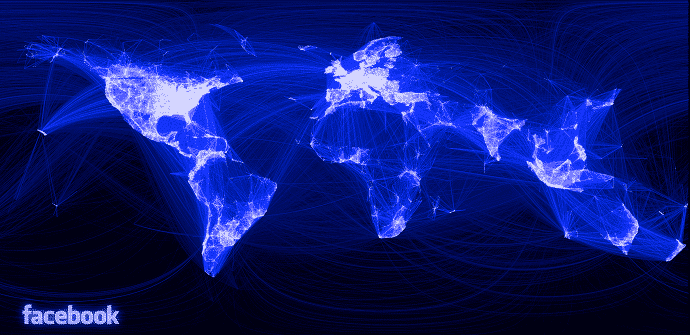Facebook Is Making The World’s Most Detailed Population Map
Facebook is making a map of every human-occupied building on Earth to track the people in the most remote areas of the world and how that affects their internet connections. About 10 percent of the world’s population still lives in remote or rural areas without internet connectivity.
This new mapping project is part of Facebook’s Internet.org Connectivity Lab, which announced this week that it has created new, high-resolution population-distribution maps of 20 countries, most of which are developing. The group is tasked with using drones, satellites, and lasers to improve internet access in rural areas and developing countries.
Robert Chen, director of Columbia’s Center for International Earth Science Information Network, believes the maps will have many uses beyond Internet access projects. “These higher resolution data will be useful in optimizing the location of health and sanitation facilities, planning energy and transportation networks, improving resource management and access, and facilitating humanitarian assistance,” he says.
Few months ago, Facebook’s Connectivity Lab took up this project along with the company’s data science division, infrastructure unit, and machine learning and artificial intelligence groups. The company covered 21.6 million square kilometres across 20 countries, including India, Mexico, Sri Lanka, Nigeria, and several other African nations, which accounted for 14.6 billion images (over 350TB of data) and analysed this graphical data to find evidence of human settlements.
The company used regular visual processing techniques including the image-recognition engine Facebook uses to recognize people’s faces in photos and used deep learning to store data about human built structures.
“The main aim of this project was to determine what Internet connection technique (mobile data or WiFi hotspots) is for bringing people online that would significantly increase the website’s traffic. Our goal is to figure out how we can develop technologies and understanding how we can connect every person on the planet,” said Yael Maguire, the director and head of Facebook’s Connectivity Lab. “If we want to think about the best technology to connect people — especially outside of the cities, this is a very misleading piece of information.”
Currently, the social media giant is developing drones which would be able to beam internet signals down to remote areas without wireless access; this map will also help inform the company where to use this technology.
On Monday, Facebook Founder-CEO Mark Zuckerberg at the World Mobile Convention said that the social media giant plans to make the project open to the public this year.
“We believe this data has many more impactful applications, such as socio-economic research and risk assessment for natural disasters,” Facebook wrote in its blog. It is also working with Columbia University’s Center for International Earth Science Information Network to release its new maps so that other companies and organizations can use them too.
